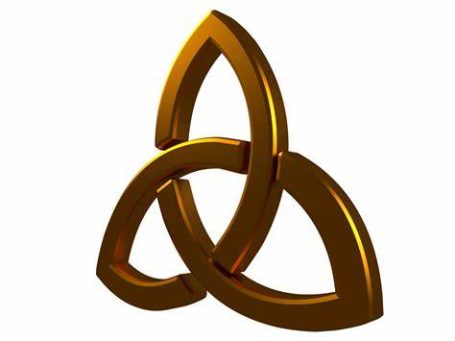The Shadow of the Vampire
Did you know Bolshevism is alive and well?
Both Trotskyists and neoconservatives continue to criticise the ideological left and the traditional right, which, incidentally, they seek to destroy by any means necessary.
Leiba Bronstein – more widely known as Leon Trotsky – played an even darker role than his opponent Joseph Stalin. For just such a statement, one might find oneself in the West facing legal proceedings or various other repercussions. If the EU Bolsheviks still didn’t want to mask themselves, the entrance to the European Parliament would not bear tributes to an obscure third-rate Trotskyite like Altiero Spinelli, but would instead openly honour the arch-demon Trotsky himself! It is Trotsky – the creator of the Fourth International[1] and the concept of never-ending revolution – who silently resides at the ideological heart of the European Union and among the devotees of America’s left wing: figures like Clinton, Obama, Biden, and Harris. Indeed, his ideas even haunt those nominally linked to the conservative Republican Bush family.
Trotsky's beliefs – derived, perhaps obscurely, from Kabbalistic strains (yes, yes – I probably need to explain the connections between Shabtai Zvi, Jacob Frank, and Leiba Bronstein but I’m not going to) – infected the Western left entirely, and then cleverly infiltrated the dominant sectors of the centre and the right wing, such as American Republicans or Germany’s CDU/CSU. Don’t take these assertions as the ramblings of some over active imagination; rather, they are the result of extensive reading, listening and reflection.
The ideological vampirism of Trotsky triumphs far beyond his grave. While on the subject, I must confess my utter disregard of those dabblers who profess their adoration for Frida Kahlo – the rather mediocre self-promoter who happened to be Trotsky’s lover.
Now, let’s turn to explain how Trotsky’s ideology managed to seep into right-wing discourse. Following the 1970s, the leading role in American – and soon European – conservative circles was overtaken by those known as “neoconservatives.” Even the term is misleading, for there is conservatism, and then there is . . . everything else. This was no accident: the "godfathers" of American neoconservatism were, interestingly, once fervent Trotskyists. Figures such as Irving Kristol – who is considered the “father of neoconservatism” and was once a declared Trotskyite member of Schachtmanite factions – Norman Podhoretz, editor of Commentary magazine, Jeanne Kirkpatrick, a foreign policy advisor to Ronald Reagan, and James Burnham all bear these ideological roots. In Europe, neoconservative propaganda, deeply intertwined with neo-Trotskyist logic, was disseminated by figures such as François Furet, André Glucksmann, the Hitchens brothers (more notably Christopher), and Jean-François Revel.
What elements of Trotskyism seeped into neoconservatism – an ideology which has little to do with genuine conservatism? The idea of “permanent revolution” morphed into the fight for democracy according to the American model, which would continue indefinitely until Western standards prevailed across the entire globe. Moreover, the Manichean worldview – where existence is reduced to a binary struggle between Good and Evil – emerged in the guise of a virtuous West against tyrannies. Of course, when dealing with adversaries, neoconservatives employ selective morality; double standards are applied to distinguish between “our own” and “the others.” Hostility towards the Catholic Church also thrives here, epitomised by Hillary Clinton’s infamous remark to John Podesta in an email: “It’s time for a spring in the Catholic Church.”
Neoconservatives also shared Trotsky’s belief that intellectual elites – whether Trotsky’s party cadres or neoconservative think tanks – play the vanguard role in global transformations. Both Trotskyists and today’s neocons exhibit contempt for pragmatism and realpolitik, favouring instead “revolutionary idealism” and “moral interventionism.” Both groups are intent on denouncing and ultimately obliterating the ideological Left and traditional Right, employing every method at their disposal. Trotskyists practised “entryism,” infiltrating organisations with their own ‘troops’; neoconservatives, too, pursue domination by acquiring influence in major political parties, media outlets, and prominent think tanks.
I write this – briefly and with some necessary simplifications – not as idle commentary, but to help readers grasp Donald Trump’s true significance in today’s reality. His presidency represents much more than what meets the eye at first glance. In fact, it may be the final serious clash with Trotsky’s enduring legacy.
[1] An international political organisation founded in France in 1938 by Leon Trotsky and his supporters, following their expulsion from the Soviet Union and the Communist International.
©Copyright. All rights reserved.
We need your consent to load the translations
We use a third-party service to translate the website content that may collect data about your activity. Please review the details in the privacy policy and accept the service to view the translations.
